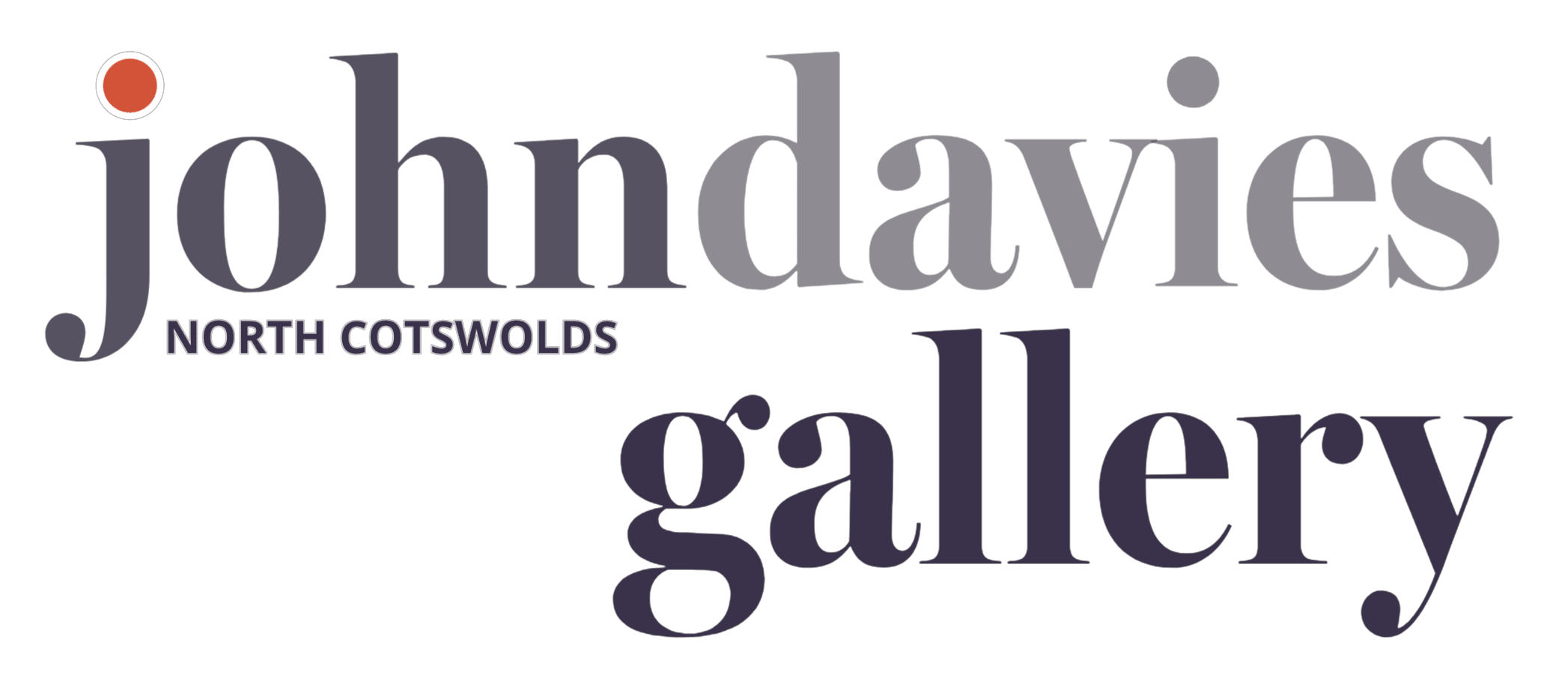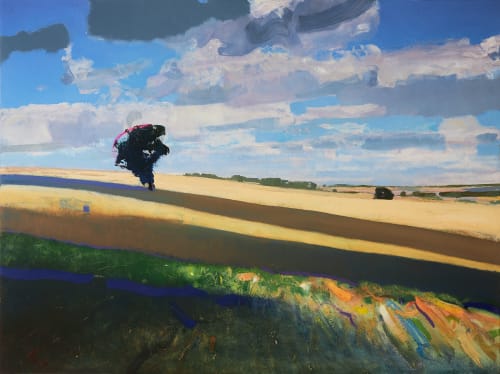'Once he's aware of something familiar, a light effect, a landscape form, an ambience, or anything that he has experienced in some way, he focuses his attention on that direction to further assimilate and consolidate the image around those impressions. The painting is finished when it resonates with memory, perception, or sensations that Yeats can locate in the world.'
Although artist Marc Yeats is attracted to the abstract, he finds himself drawn to landscape as a fixed point to express light, shadow, sky and land, vegetation, season, topography, weather, vibrancy and all the other landscape features he enjoys. But he's not trying to mimic nature or create the illusion of reality. He's been there and done that in his 20s. Consequently, he does not paint from 'life', out on location, and he does not paint from photographs. However, he sketches and spends much time in the locations that inspire him.
Yeats paints the impressions and memories of the places he loves rather than translating the experience of those places into paintings on location. For Yeats, the very nature of a location, its structures, changing dynamics, and ambience are best represented when filtered through perception and memory over a gestational period to later emerge because of this process in the vigorous mark-making of his work.
As such, he doesn't set out to paint anywhere in particular. Instead, Yeats relies on the familiarity of the landscapes he experiences to manifest through how he throws paint around in the initial stages of making a painting as he plays with oil or acrylic paint, crayons, marker pen, and pencil on paper or board. His subjects always emerge from these actions. They are never premeditated.
Having said that, through years of painting experience, it is likely the actions he calls spontaneous are, in fact, highly practised gestures and choices that, though feeling free of premeditation, are most likely to be automatic psychological and physical/kinetic responses to representing the world around him through paint and line.
To mitigate this emotional familiarity with himself, he employs additional elements of kinetic force and motion in his gestures to allow the paint to move beyond anticipated outcomes, and sometimes, he will close his eyes once again to attempt to loosen control over these actions. He proceeds with these processes, often creating layers of activity until something he recognises emerges.
This recognition may be tenuous at first, but once he's aware of something familiar, a light effect, a landscape form, an ambience, or anything that he has experienced in some way, he focuses his attention on that direction to further assimilate and consolidate the image around those impressions. The painting is finished when it resonates with memory, perception, or sensations that Yeats can locate in the world.

